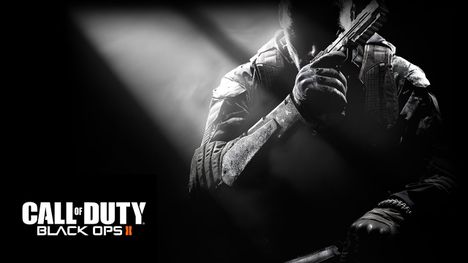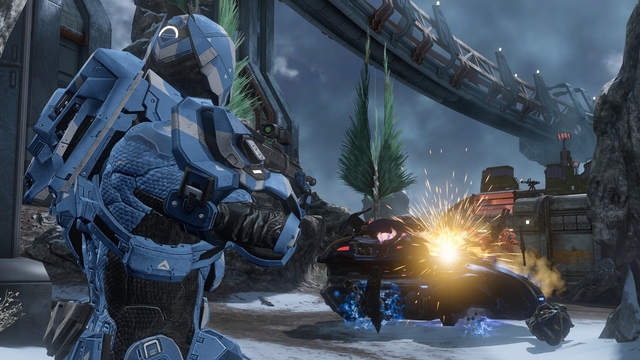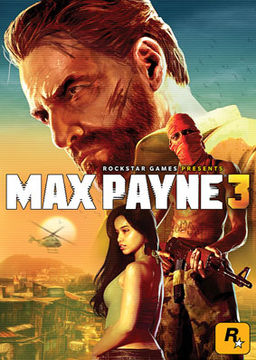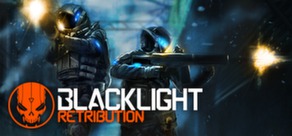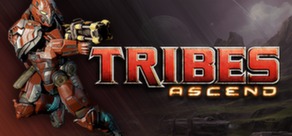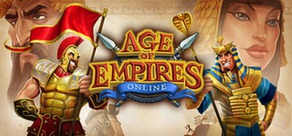This appears to be the defining question informing the direction of developer Treyarch’s latest, Call of Duty: Black Ops II. While large portions of the design conform to the tenets established by prior iterations of the franchise, the unparalleled wealth of gameplay options and brilliant twists on the formula have shaped Black Ops II into the most ambitious and exciting Call of Duty ever made. It occasionally feels like the team might have strayed into territory they’re not quite masters of, but significant tweaks to the multiplayer loadout system, as well as the realization of player agency in the campaign, make this far more than “just another Call of Duty.” This is an evolution.
The campaign narrative jumps between various characters’ perspectives and also in time. The Cold War-era missions follows characters such as Alex Mason and Sgt. Frank Woods from the first Black
An entry into the blockbuster first-person shooter franchise, Call of Duty: Black Ops II brings players back into the shadows for another Black Ops mission assignment. Ops, while the 2025 missions follow Alex’s son, David. All of these soldiers’ fates are intertwined with the villain, Raul Menendez, and his organization Cordis Die. Menendez is the sort of villain you just can’t seem to kill and, consequently, who knows how to hold a grudge. Thing is, he’s not your typical, “I’m evil cause I do bad things,” bad guy. Menendez is a tragic character, a product of imperialist nations’ meddling during the Cold War and a survivor of some truly traumatic experiences.
The story successfully casts Menendez in a light where I’m still not sure how I feel about him. At times I wanted him dead, while at others I felt like he had a right to want revenge. Hell, I even vacillate between agreeing with his end goals. Like the film Inglourious Basterds, Black Ops II becomes less about you and the “good” guys, and more about the motivations and perspective of the villain. The very fact that I’m still thinking about how the story played out — something unprecedented in a Call of Duty campaign — is a testament to the strength of the writing.
A great narrative already makes Black Ops II stand out in the pantheon of Call of Duty campaigns, but where it really sets itself apart is the addition of player choice and consequence. Moments and devices that would otherwise seem irrelevant — like whether you find all of the intel in a level or choose to shoot someone — can come back to haunt you, hurt you or help you. Failing objectives might result in new or more challenging missions rather than a restart screen. It’s a brilliant riff on the traditional Call of Duty campaign design, and, combined with the additional cutscenes that flesh out the story, creates a narrative worth replaying just to see the wildly different moments and endings. Most importantly, choice makes you apart of what you play; it’s not just a story, it’s your story. I may not have found the ending of my first playthrough satisfying because terrible things happened, but I appreciated that it was a direct byproduct of my actions.
You can also see some variance in the available strike missions, which are a new type of campaign level. These stages put you in a squad of soldiers and drones, and then let you choose which asset to control at any given time. Defending installations against enemy assault, escorting a convoy, and rescuing a hostage are some of the endeavors you might undertake. Though you have a team at your command, strike missions are still all about you gunning down foes. Your AI allies are only good at slightly hindering your enemies, so you end up doing the heavy lifting yourself, often while tracking activity on multiple fronts and hopping around to deal with advancing enemies. Having to consider the bigger picture is a nice change of pace for a series that has mostly involved just shooting what’s in front of you, and these missions are a welcome shot in the arm for the familiar campaign pacing.
Of course, familiar as it may be, that pacing is still great. The campaign ebbs and flows as you move through a variety of diverse, detailed environments using an array of powerful weaponry to dispatch your foes, occasionally hopping into a jet or on to a horse for a short jaunt, or manning a missile turret to tame a swarm of hostile drones. A few neat gadgets and surprising gameplay moments satisfy the novelty quotient, but you still get the lingering feeling that you’ve done this all before. The new strike missions, dramatic decision points, and memorable villain help keep this concern at bay, however, and this fiesty, enjoyable romp is more enticing to replay than other recent Call of Duty campaigns.
Black Ops II’s competitive multiplayer has seen some changes as well, notably in the way you equip yourself before going into battle. The COD points system from Black Ops has been ditched in favor of a new token system that still affords you some control over the order in which you unlock new weapons and gear. The more interesting change is the new loadout system, which gives you ten points to play with and assigns a single point to every element of your loadout (guns, attachments, perks, lethal and tactical items). It offers a bit of flexibility if, say, you don’t use a sidearm much but could really use an extra perk, and the new wild cards allow some limited creativity. Put one of these in your loadout, and you can go into battle with two well-equipped primary weapons, or you can load up on perks and bring just a knife and your wits.
The Good
- Great campaign scripting
- Story choices are often tough and encourage replay
- League play offers a new stage for the familiar multiplayer combat.
The Bad
- Zombies mode is stagnant
- New codcasting tool is hamstrung.
THE VERDICT
The team at Treyarch could have played it safe and Black Ops II would have sold well, but instead they challenged assumptions and pushed the series forward in awesome new directions. It’ll be hard to return to a campaign where I don’t have the ability to shape it, and I simply can’t imagine going back to the old loadout system now that Pick 10 exists. Combined with the host of subtle and overt improvements to the array of other systems, the additions to make it more appealing to Esports, and the more fleshed out Zombies mode, this is not just a fantastic Call of Duty game, but one of the best shooters of the last decade.
